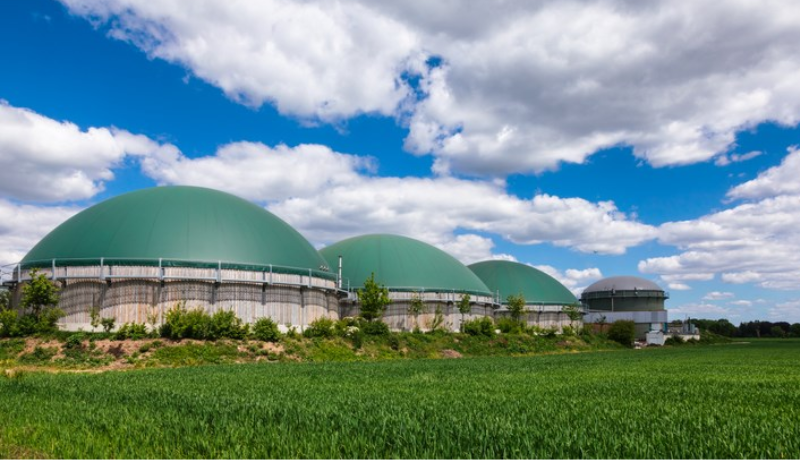In our recent webinar, ClearBlue fuels experts broke down the mechanics of North American clean fuel programs. They offered insights into the eligibility and potential revenue benefits for companies such as biomass and biofuel producers.
We couldn't address all of your questions during the Q&A session. However, we've dedicated time to thoroughly answering each one. Below, you'll find our team's comprehensive responses. If you have additional questions, please don't hesitate to reach out.
Audience Q&A
Q: With the upcoming US and Canada elections next year, what is the risk that clean fuel regulations will substantially change?
Q: One of your capitalization options is to guide CI improvement options. How do you manage the liability of providing this guidance?
A: To enhance carbon intensity (CI) and achieve meaningful improvements, it is imperative to assess the entire lifecycle of fuel production. This holistic approach enables the identification of key areas where enhancements can be made. Following this assessment, a sensitivity analysis becomes crucial to determine the most feasible option that offers the lowest cost and the highest reduction in CI.
Q: Would Caribbean countries be considered suppliers for these types of Credits if they meet the methodology? Does the stock credit type lose value over time? Does the region determine the value of the credit?
Credit prices within CFS markets depend on the balance between supply and demand. This is subject to fluctuations due to various factors influencing the market dynamics. These factors include feedstock availability, program design specifics, competition with other jurisdictions, etc. Consequently, credit prices can vary over time based on changing market conditions and factors influencing supply and demand dynamics. ClearBlue, for instance, has developed market forecasts for fuel markets, considering these underlying factors to provide insights into potential credit pricing trends. Our fuels team at ClearBlue Markets would be happy to help you navigate the regulations to maximize the opportunity you can derive from your unique project.
Q: How do we deal with cohabitation similar regulations and avoided emission: offset creation vs credit compliance under a Clean Fuel Regulation? Is it possible to generate two products (offset and credit compliance) for the same avoided emission?
A: There are some provisions in fuel standards for utilizing both credits. It requires meeting some criteria. The CFR allows crediting opportunities, even if an action or project generates emission reductions that qualify in or result from other incentive or market-based programs. However, it is important to note that credit creation eligibility depends on the program. For example, offset systems tend to have additionality criteria that prevent offset credits from being generated where they are already used as credits in another program in California, projects that have generated CARB Compliance Offset Credits under the market-based compliance mechanism outlined in California's regulatory framework may seek to obtain credits under the Low Carbon Fuel Standard (LCFS). For further information, please get in touch with our Advisory team.
Q: Is CFR trading data published annually?
Q: Are lipid feedstocks imported or domestic for RD production in the US?
A: Lipid feedstock can be used to produce RD. The origin of the feedstock may not directly impact the eligibility of the produced fuel to generate credits; however, the emissions associated with the feedstock's production and transportation do inform the fuel's carbon intensity. It should also be noted that under the CFR, land-use and biodiversity requirements for fuel must be met to qualify, so this should also be assessed concerning the feedstock used. Different programs have different eligibility requirements, which should be assessed on a case-by-case basis for your project. Our fuels team at ClearBlue Markets would be happy to help you navigate the regulations to maximize the opportunity you can derive from your unique project.
Q: What is the timing of applying crop field-based CI scoring to create credits?
A: For credit creation, it is important to be aware of deadlines for registering projects and submitting reports specific to the type of fuel being produced. Our team at ClearBlue Markets can help you navigate the regulation and provide regulatory and reporting support, guiding you through the required interactions with the relevant governing body.
Q: Speaking to the politics, who are the major stakeholders advocating for these policies in the US and Canada?
A: Major stakeholders weighing in on these policies include fossil fuel companies, clean fuel producers, environmental groups, ZEV manufacturers, financial institutions and investors, public and end-use consumers, representatives from provincial and territorial governments, associations representing Indigenous Peoples, administrators of similar regulations in other jurisdictions, and academics.
